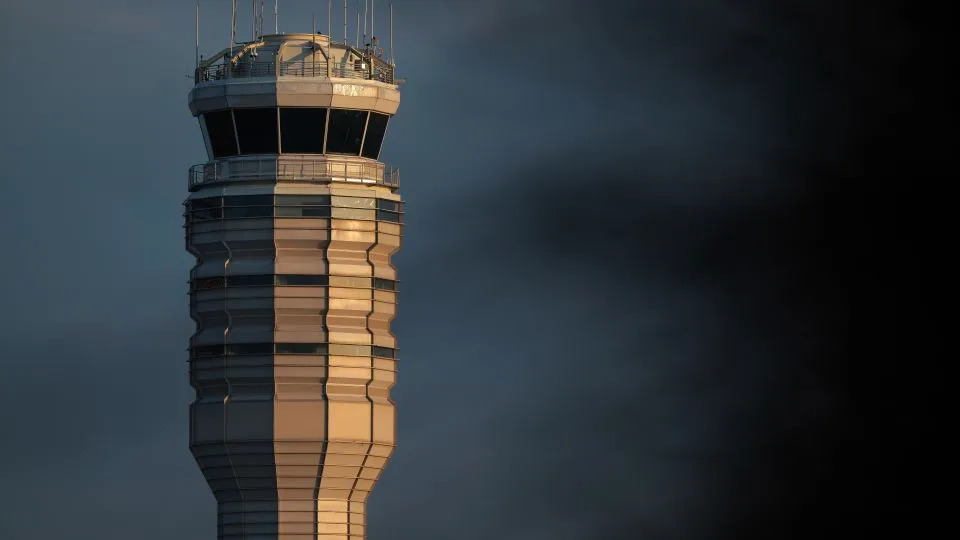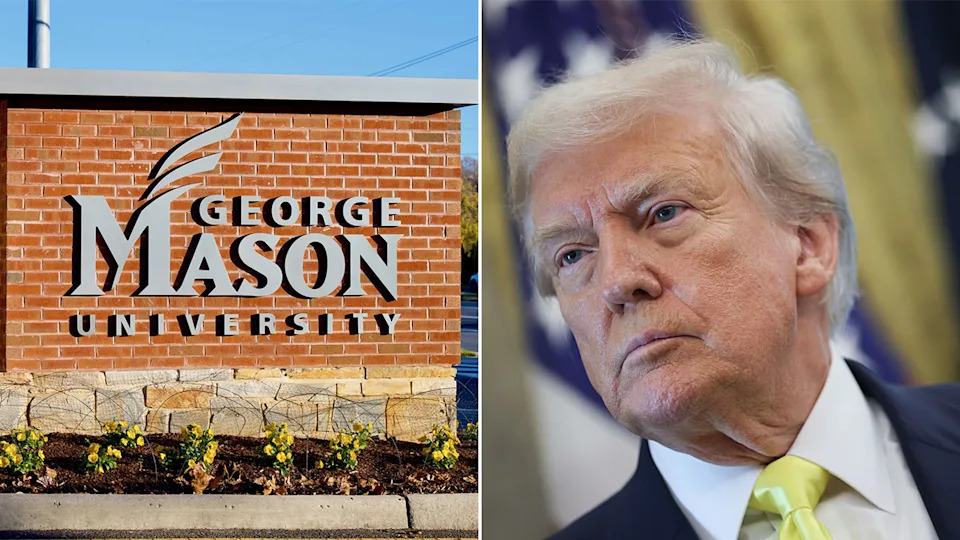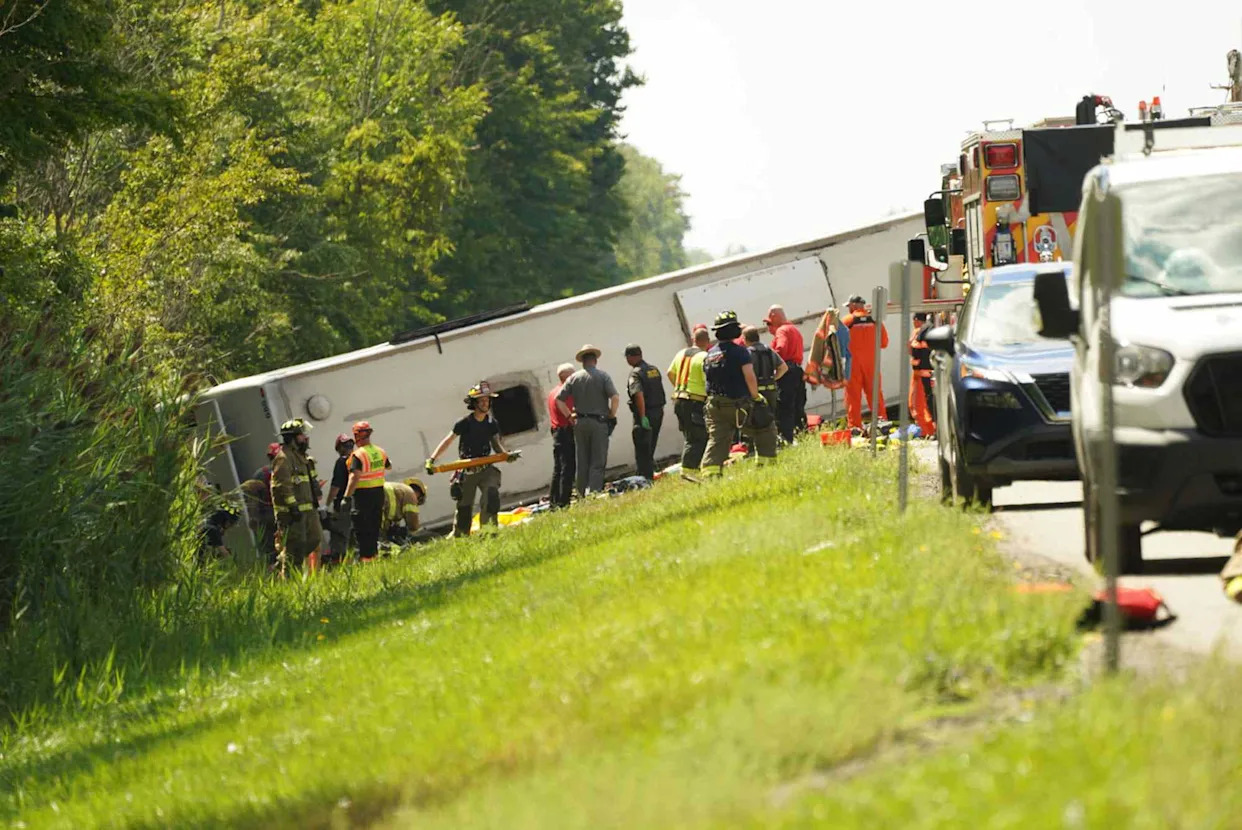
A Pentagon-bound Army helicopter that got less than half a mile from a commercial flight landing at nearby Ronald Reagan Washington National Airport in May did not have the proper clearance from Pentagon air traffic controllers, a preliminary report from the National Transportation Safety Board said Friday.
At their closest, the Black Hawk helicopter and landing Delta Air Lines regional jet were only four tenths of a mile apart and separated by just 200 feet of altitude, causing controllers in the airport tower to force the jet to abort its landing.
The helicopter was approaching the Pentagon from the southwest as three planes were preparing to land at Reagan National Airport, including an American Airlines regional jet arriving from Maine, a Delta flight from Orlando and the Delta regional jet from Boston involved in the close call.
The report said the Black Hawk pilots coordinated their landing plans with the air traffic control tower at Reagan National Airport—which made for space for the helicopter between the American and later Delta flight—but controllers from a different air traffic control facility slotted the other Delta plane into that gap.
When the helicopter pilot reported they were confident they could land, the airport controller told the Delta flight from Orlando to go-around and circle the airport.
The NTSB report notes the helicopter pilot then attempted to land at the Pentagon helipad without getting clearance from the controller there, and when questioned aborted the landing and circled for another attempt.
“When the (heliport) controller queried the crew to ask who had cleared them to land, the crew advised they were executing a go-around,” the report says.
“Simultaneously,” to the helicopter again confirming to the airport tower it was landing, the controller there saw the Black Hawk “climb back up above the Pentagon building and immediately issued a go around” to the approaching regional jet, according to a post-incident interview, the NTSB said.
The NTSB also noted some of the controllers in the airport control tower were working two positions at the time of the close call. The local controller, who was also involved with training in the tower that day, was also responsible for the helicopter control position.
The preliminary report does not assign blame or determine the cause of the close calls, details which will be included in a final report, which often takes a year to complete.
The new report comes during increased criticism of the US Army’s aviation division—and involved a Black Hawk helicopter from the same unit whose aircraft collided with an American Airlines regional jet on January 29 at Reagan National Airport, killing 67.
“Is there any unit that when you hear it makes you feel uncomfortable?” asked NTSB investigator Brian Soper at a three-day hearing last month.
“Sadly, yes,” the witness, medical helicopter executive Rick Dressler, responded. “I’m a former Army aviator, and I’m a retired Air Force officer … and I don’t like saying that 12th Aviation Battalion gives us all pause in the community. And I’m speaking from my group there; we are all very uncomfortable when those two units are operating.”
For more CNN news and newsletters create an account at CNN.com








Comments